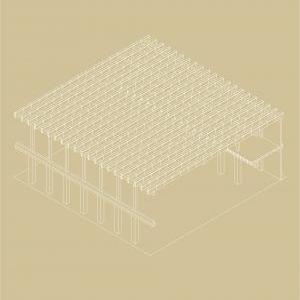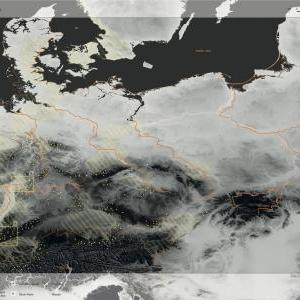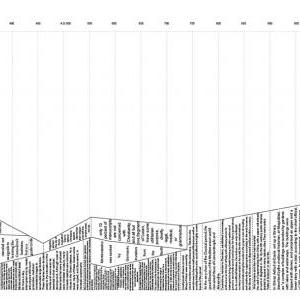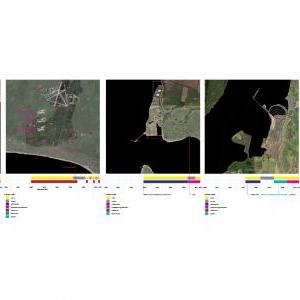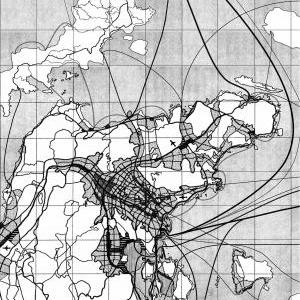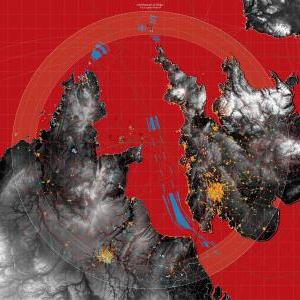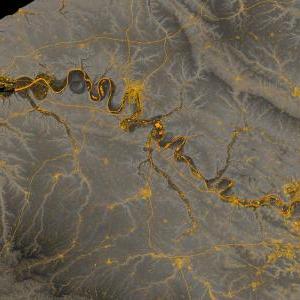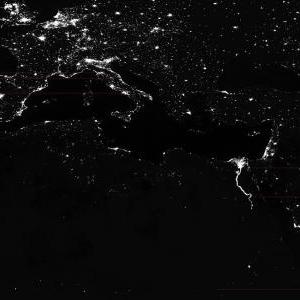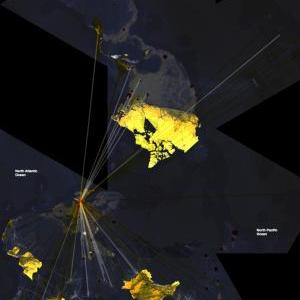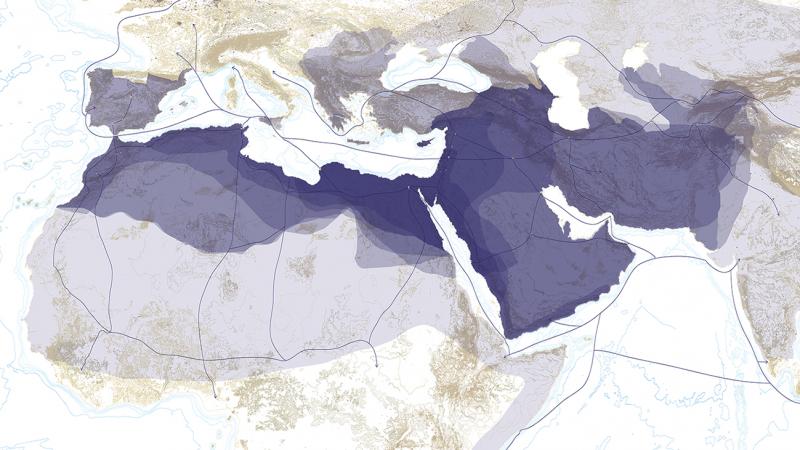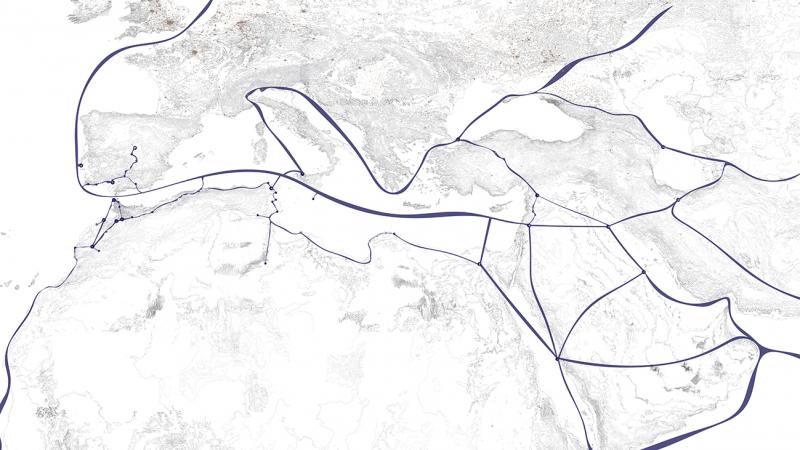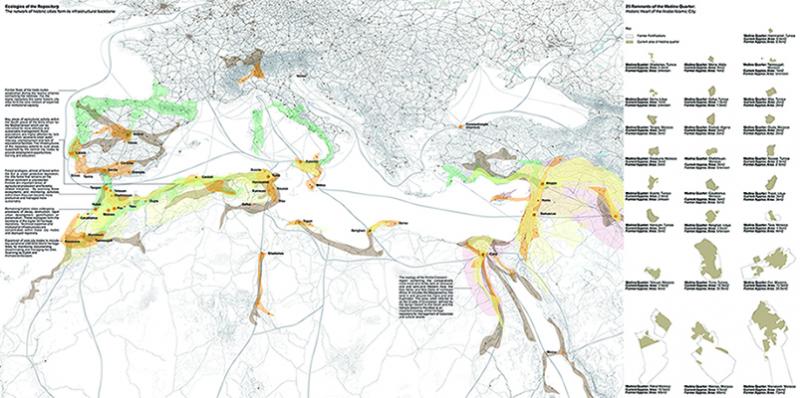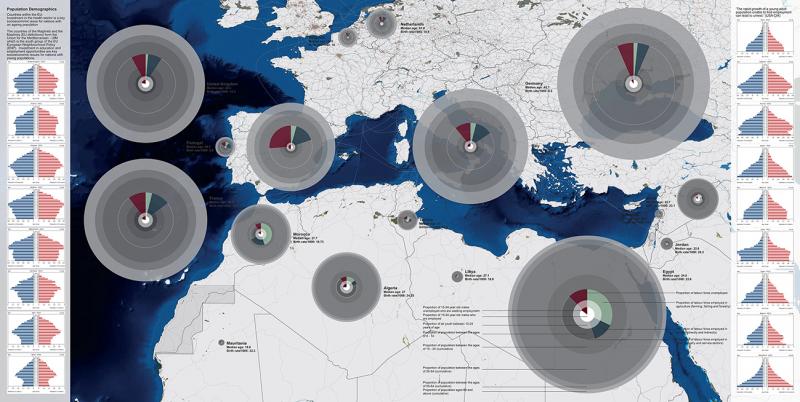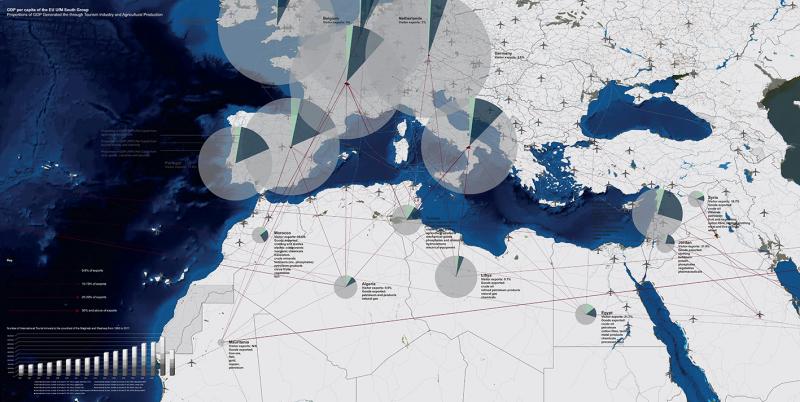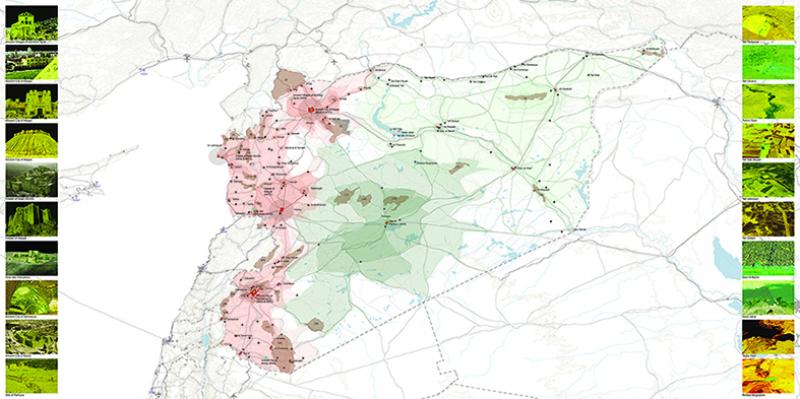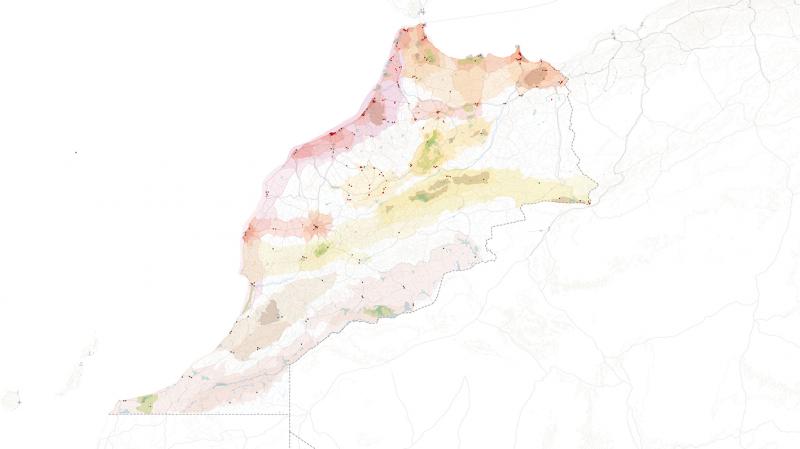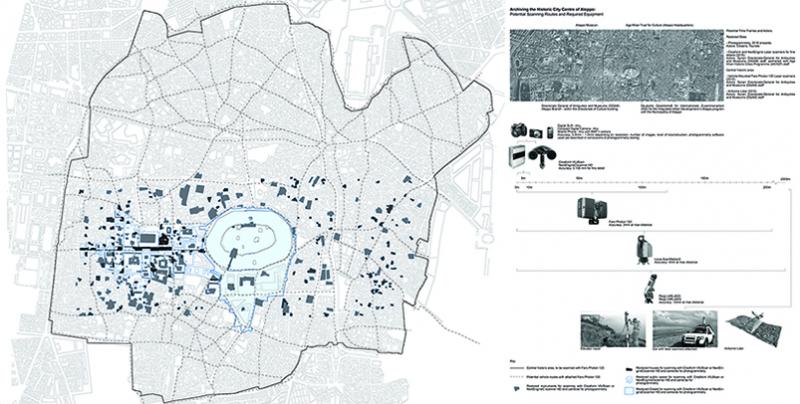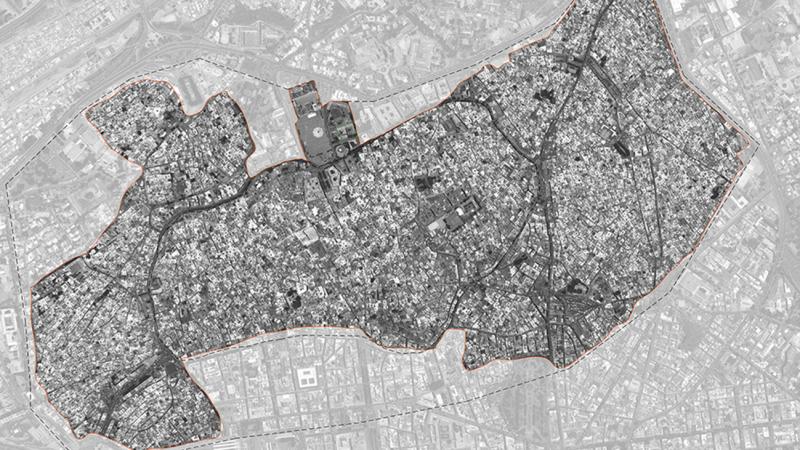In October 2012 the Nobel Peace Prize was awarded to the European Union starting a range of controversies. The interconnection of industrial structures, supply chains, markets, financial circuits, policies, strategies and protocols of the European project is a complex set of transformations that generate a series of oscillations and instabilities across the entire range of life in Europe and well beyond. The architecture of the European project, with its entangled connections between changing polities and material spaces, is at the centre of Diploma 4 investigations.
We think of this as a complex system of construction of inhabited space over time. The reorganisation of the protocols and procedures of the European project is investigated as a torque force – a spin that gathers multiple currents to reshape and rearrange the material spaces of the European peninsula. What emerges is an image of a space in complex transformation, a series of ambivalent territories and multiple populations and agents operating over wide sets of relationships, both above and beneath the state.
A focus on the coast of Europe enables us to intercept of these transformations where they become more intense and visible. The shifting polities of the European project are reorganised, funnelled and accelerated by the many circulations that characterise the seas and shores of the peninsula. Non-spaced transformations set the tone for the projects of Diploma 4: extensions of global supply chain routes; infrastructural connections; rapid urbanisation processes; new erosion patterns and rearrangement of sedimentation processes; technology transfer hubs and secluded research and development sites; migratory shipping lines and detention centres; and rearrangement of surveillance and measurement.The projects present a range of diverging transformations and multi-directed thrusts. Using architecture as both the object and method of investigation reveals a kaleidoscope of divergent ways for changing the European project through its many contradictions, abrupt stops, rapid accelerations or the concomitant stagnation and consolidation of patterns of inhabitation. How can architecture enter radical negotiations to rethink a project for the remodernisation of the coast of Europe?
Unit Tutors
John Palmesino
Ann-Sofi Rönnskog
Special thanks to
Bruno Latour
Thanks to
Nabil Ahmed
Carlos Villanueva Brandt
Lindsay Bremner
Giles Bruce
Javier Castañón
Barbara-Ann Campbell-Lange
Yi-Jen Chen
Kate Davies
Blake Fisher
David Hellström
Helena Huws
Tom Fox
Ranulph Glanville
Niko Japaridze
Tobias Klein
Tyen Masten
Natasha Sandmeier
Kelly Shannon
Andrew Yau
Elisha Nathoo
The Digital Repository:
Re-Forming Preservation
Cultural heritage is activated for development strategies by states, IGOs and NGOs alike. Current trends in conservation tend to focus on the output or the ‘what’ rather than the processes, or the ‘how’. The project of the 3D Digital Heritage Repository argues for a reformation in preservation practices which shifts the emphasis from objects to social structures.
Focusing on the ‘South Group’ Mediterranean regions of the European Commission’s ENP (European Neighbourhood Policy) there are clear social and economic disparities between the North and South Mediterranean countries.
This project believes that heritage conservation might best be defined as the ongoing management of change in the built and social environment. Therefore, conserving heritage through the Repository means reorganising activities in rural areas, managing and monitoring local ecologies, providing employment and educational infrastructures and unifying communities and agencies in partnerships for sustainable growth and development.
The core requirements of the Repository are:
- Technical skills and training for obtaining, processing, collating and archiving the survey data, - Equipment and facilities, for the same reasons as above, and
- Public-private partnerships as the concept of crowd sourcing – a process that involves outsourcing tasks to a distributed group of people is fundamental for the Repository.
